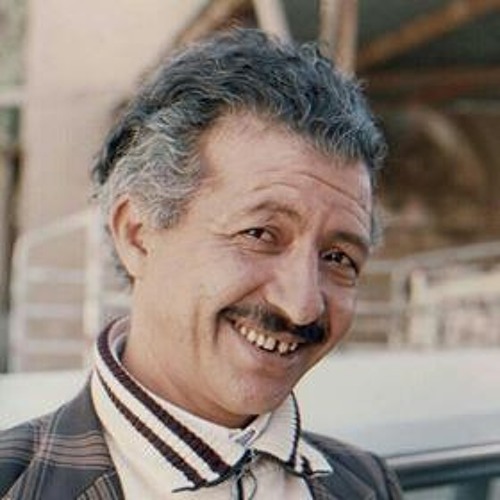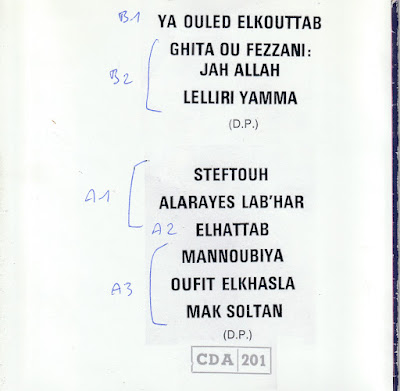BALI MUSIQUE ET THEATRE
BALI MUSIC AND THEATRE
Ocora, 1971, OCR 60
This is the second album made of recordings by G. Fresnais in Bali for Ocora.
Born in Paris Fresnais was not a musicologist but a sound engineer; He worked with the French film maker Alain Robbe-Grillet. He also composed an album called ''des sons de la nature'' (sounds of nature). I don't know why he was part of a recording mission but he was certainly fascinated by the Balinese culture, a culture he studied so that he could write the presentation text. Note that three other albums were issued by EMAC-Butterfly with parts of the recordings made in Denpasar.
The text is detailed enough; the first track sounds quite hypnotic and close to trance music but is the accompaniment provided for the wayang kulit, the shadow theatre.
Side B about what is called ''gamelan gambuh'' is parted in three different phases of the same spectacle.
Text in French and English.





































